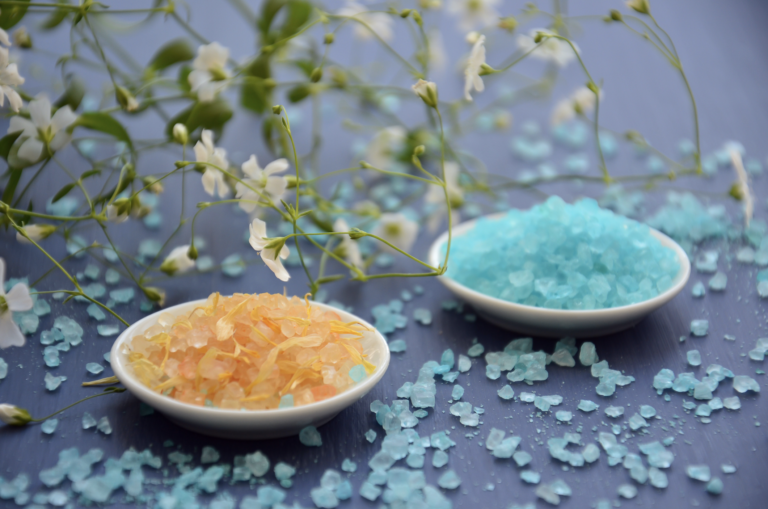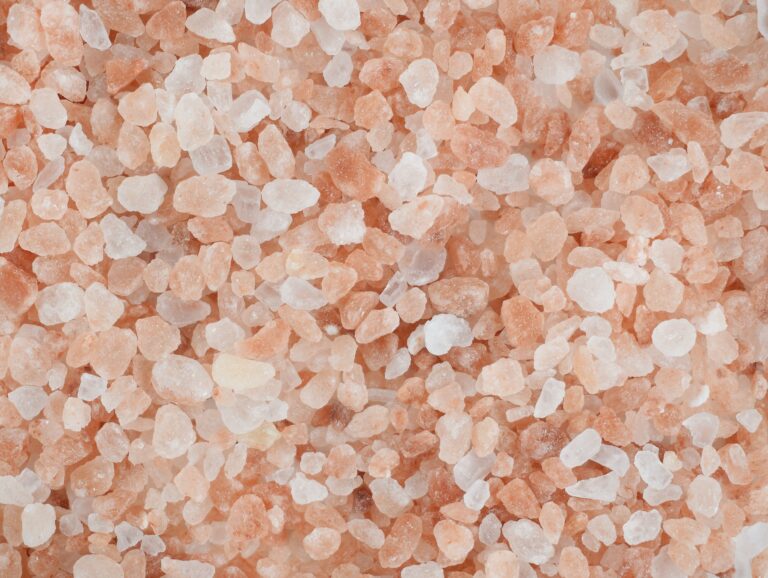It’s a waste of your money


Pink Himalayan Salt has invaded much more than our kitchens.
In fact, the unique color of the salt has attracted so much attention that you can find lamps, candles, bath scrubs and many more products that somehow incorporate the salt crystals.
And beyond that, the salt is believed to do more than just make your food taste better. Many people seem to associate the mysterious pink shade with special healing powers.
I’ve seen health claims related to respiratory problems, digestion, hormonal balancing, and that’s just the beginning. The list of ailments that the pink salt seems to be able to cure is never ending.
And this combination of pink coloring and healing properties has led to quite an exorbitant price tag, especially when compared to the humble table salt that’s available in just about every grocery store.
So, let me get straight to the point— gourmet salt is a scam.
The game of gourmet salt


Gourmet salt is similar to the table salt you buy in the grocery store but includes various contaminants. This is the case regardless if you’re buying Himalayan Pink Salt, Hawaiian Black Lava Salt, or any other gourmet salt.
Any unique color is derived from the natural surroundings of where the salt is found. Essentially all gourmet salts include colorful contaminants in addition to sodium chloride (NaCl) or what we more commonly call salt.
Depending on the regional source of the salt, certain types of minerals, dirt, or microorganisms get stuck in the salt crystals, which bestows a special hue to the product.
In essence, you’re forking over more cash to get dirtier salt.
So, what causes the pink color?


The pink salt that’s currently trendy originates from the Himalayan mountains in Pakistan. These salt deposits that have existed for thousands of years and are mined by hand to tediously harvest the salt.
In this region, any pinkish or red tint is most likely from iron oxide (that’s rust!), silt, clay, or copper.
Why?
Well, we know pure salt crystals composed of 100% sodium chloride are clear, nearly colorless crystals. Any other pigmentation isn’t derived from salt itself, but dirt, rust, or rocks nearby.
Essentially, the “special” color is due to impurities that get stuck within the salt crystals.
Does pink salt have healing properties?


The Himalayan salt we eat is about 96% sodium chloride whereas table salt is nearly 99% sodium chloride. This means that pink Himalayan salt contains about 4% other minerals and impurities.
Those that support the idea that the pink salt has magical powers like to point towards these 88 other minerals for their “healing” properties.
But, taking a closer look at these compounds, many are known to hurt us. For example, arsenic, mercury, lead, and thallium are poisonous.
Only a handful of these compounds have any biological function in our body. We need several minerals in pretty large amounts. Some of these “macrominerals” can be found in pink Himalayan salt like:
- potassium
- calcium
- sodium
- phosphorous
- sulfur
- chloride
- magnesium
Others are considered “trace minerals” or compounds our body needs in just teeny tiny amounts like:
- chromium
- iron
- chlorine
- cobalt
- copper
- zinc
- manganese
- molybdenum
- iodine
- selenium
Now, let’s do the math. Of the 88 minerals advertised in Himalayan Pink Salt, four are known poisons, seven are macrominerals, and ten are trace minerals, which means 67 compounds remain that we have no idea what they will do in our body.
Sure, you could assume they have healing properties, but you could just as easily assume they don’t, or perhaps that they may even have harmful effects.
I know the pleasant pink color of Himalayan salt is very aesthetically pleasing, but probably not worth the hefty price tag. Or, not worth it in my opinion.
At the very least, I hope you see that the pink hue isn’t some magical or mysterious occurrence. It’s really just the result of sand, dirt, or rocks getting wedged in between the salt crystals.
And if you want to pay more for dirty salt, I guess I can’t stop you.

